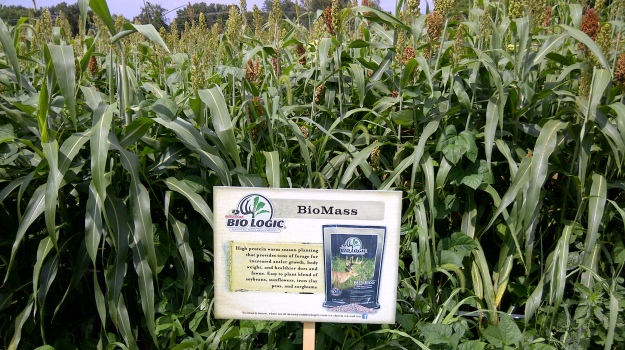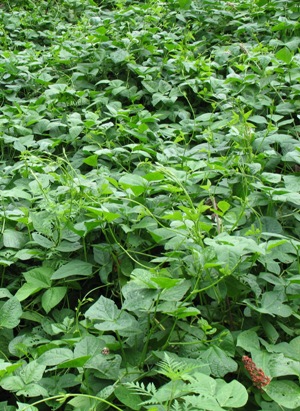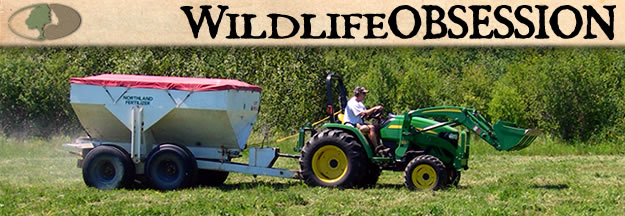
Planting food plots is on the top of the ‘to-do’ list for deer/land managers for the spring. Crops need to thrive during the all-important months where the velvet-antlered bucks are growing, and the does are lactating. But when it comes to picking the right plantings to achieve optimal success, it all begins with a goal.
Every manager needs to decide exactly what their goal is before ever choosing the plantings. Factors to be taken into account range from soil variety to the size and shape of the plot. When it comes to smaller acreage the choices become far more specific, seeing as that planting too many varieties when working with small plots simply doesn’t work.
When thinking about your whitetail herd, it must be remembered that these creatures make a home and keep it; they do not wish to find a new ‘address’ once they’ve settled. So pleasing the herd with plots that supply a wealth of high-protein food that’s both palatable and easily digestible is what your focus should be on.
A factor included when making your plan is harvesting. A you look forward, wanting that chance to harvest a mature buck, the right crops must be in place so that the trophy will not only be well-fed and wish to stay, but also won’t be overwhelmed by the number of younger bucks and does. If overcrowding happens, the mature buck will head elsewhere.
When the land/deer manager has a plan in place, a very simple process must occur before planting anything. This is the soil test; and without it, creating a food plot can simply be a waste of time if it’s unable to grow. A location with plush terrain is a great deal different than the mountainous or desert terrain, causing the nutrients in the soil to vary. So to create food plots that are guaranteed to thrive, the soil test must come first.
 Protein, protein, protein - this is the major source that you want your whitetail herd to have in order for them to attain overall health, weight and antler-size. Relying on native vegetation is simply not enough. In addition, supplements such as protein pellets will also not bring the protein percentages up to the level that’s necessary for the deer to gain absolute growth.
Protein, protein, protein - this is the major source that you want your whitetail herd to have in order for them to attain overall health, weight and antler-size. Relying on native vegetation is simply not enough. In addition, supplements such as protein pellets will also not bring the protein percentages up to the level that’s necessary for the deer to gain absolute growth.
Size and shape of a food plot will vary, but seeing as that deer have a tendency to feed along the edges, planting several small plots becomes far more effective. When it comes to larger acreage, plots should be long and narrow so the deer can maximize the edges. Plots must also be wide enough to prevent that overcrowding, so planting from 1 to 3 percent of the total habitat, with the plots distributed approximately one per 160 acres is a definite plan.
Food plots will decrease the average home range size for each deer, significantly increasing your property’s carrying capacity. But to increase both the number and size of the animals on your property, the correct food plots spread out correctly is a must. And the availability of quality summer forage is looked at by most as the key ingredient to turning an average herd into one that’s actually growing to their full potential.
BioLogic, utilizing science and technological-advances in forage production, have created a line that offers the perfect combinations when it comes to a 100% effective food plot. In addition, a deer manager can go on the website, select his zone/region and the species being focused on and immediately find the correct products they need for their particular location; not to mention an easy-to-use soil testing guide.




























